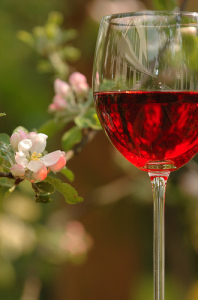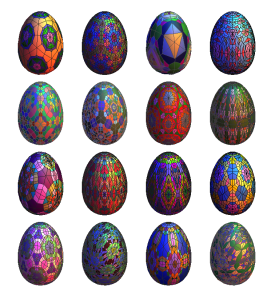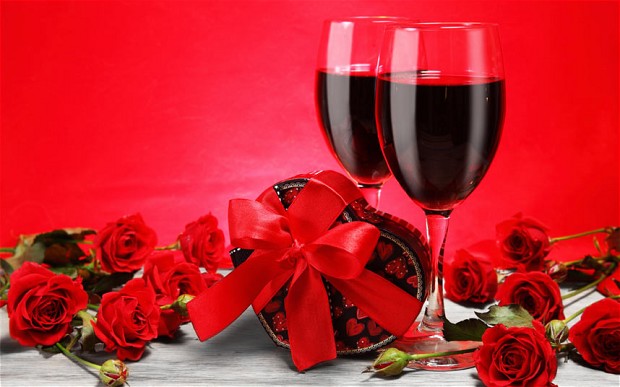Once summer starts, our desire to find crisp and refreshing quaff for entertaining has us scrambling to the local liquor store. The thought of drinking a glass of heavy red now feels just that – heavy! Syrah? Super Tuscan?. Cabernet Sauvignon? Too heavy – plodding along like a palate attached to an anchor! So, what are we left with? Start with crisp acidity, throw in low alcohol content and then mix vigorously with lighter fruit flavors. The end result is a wine that delights the senses and dances across the taste buds.
Here are some favorite summer varieties when the temperature heats up:
1. Old standby: Chardonnay (oaked or unoaked);
2. Most popular: Sauvignon Blanc;
3. Ubiquitous Pinot Grigio;
4. Sexy and sumptuous: Riesling;
5. Hot now: Grüner-Veltliner;
6. Most versatile: Rosé;
7. Bubbles: Champagne, Prosecco, Franciacorta, and others
There are many other great summertime varieties. Don’t be afraid to think outside the box such by giving lighter red wines a slight chill. Guidelines as to the best summer wine will be your own!
Cheers; Prost; Skaal; Santé; Salud; Yung Sing; Sláinte; Slaandjivaa; Eis Igian; Okole Maluna; L’chaim; Cin Cin and others…
Liz Palmer
Wine and Travel Writer





